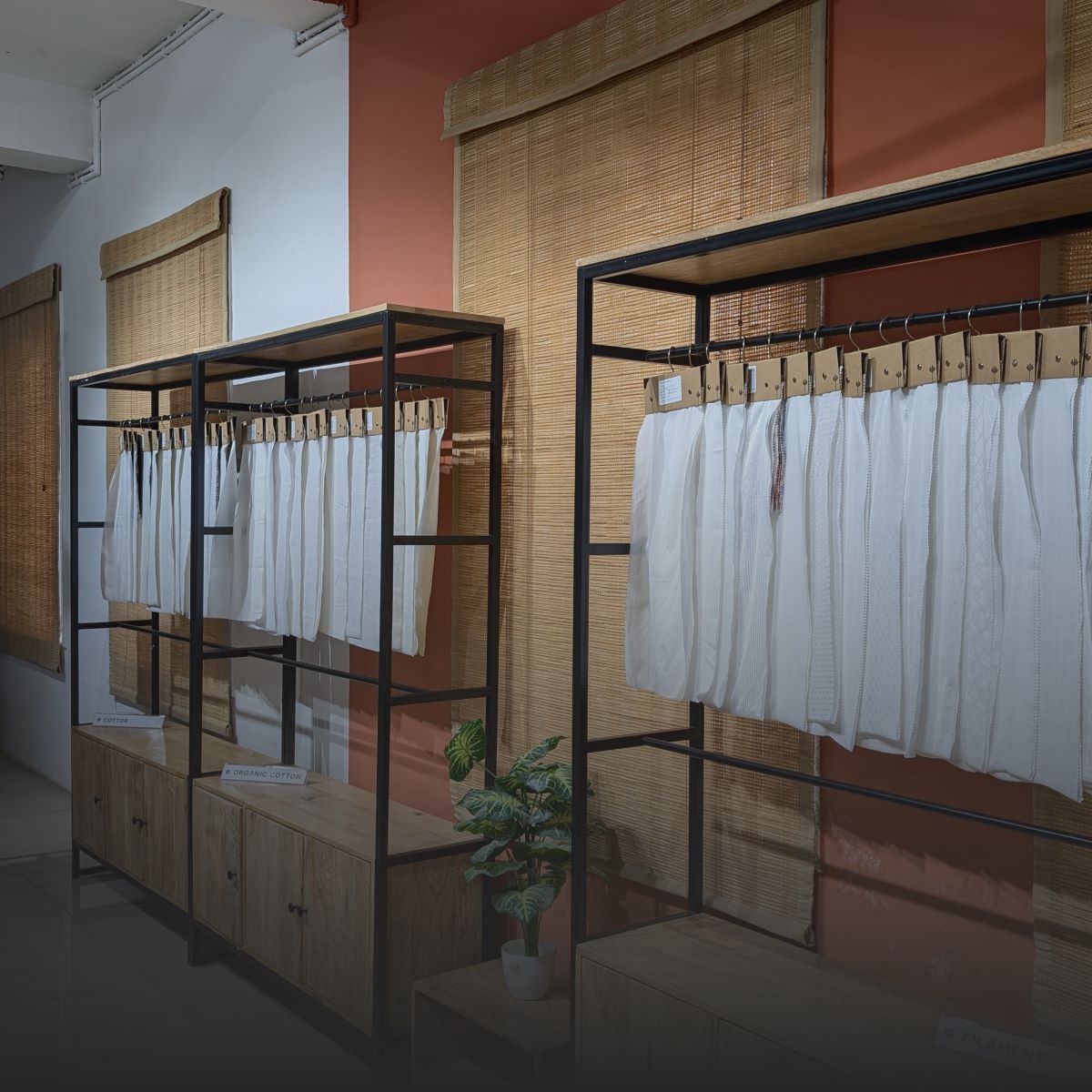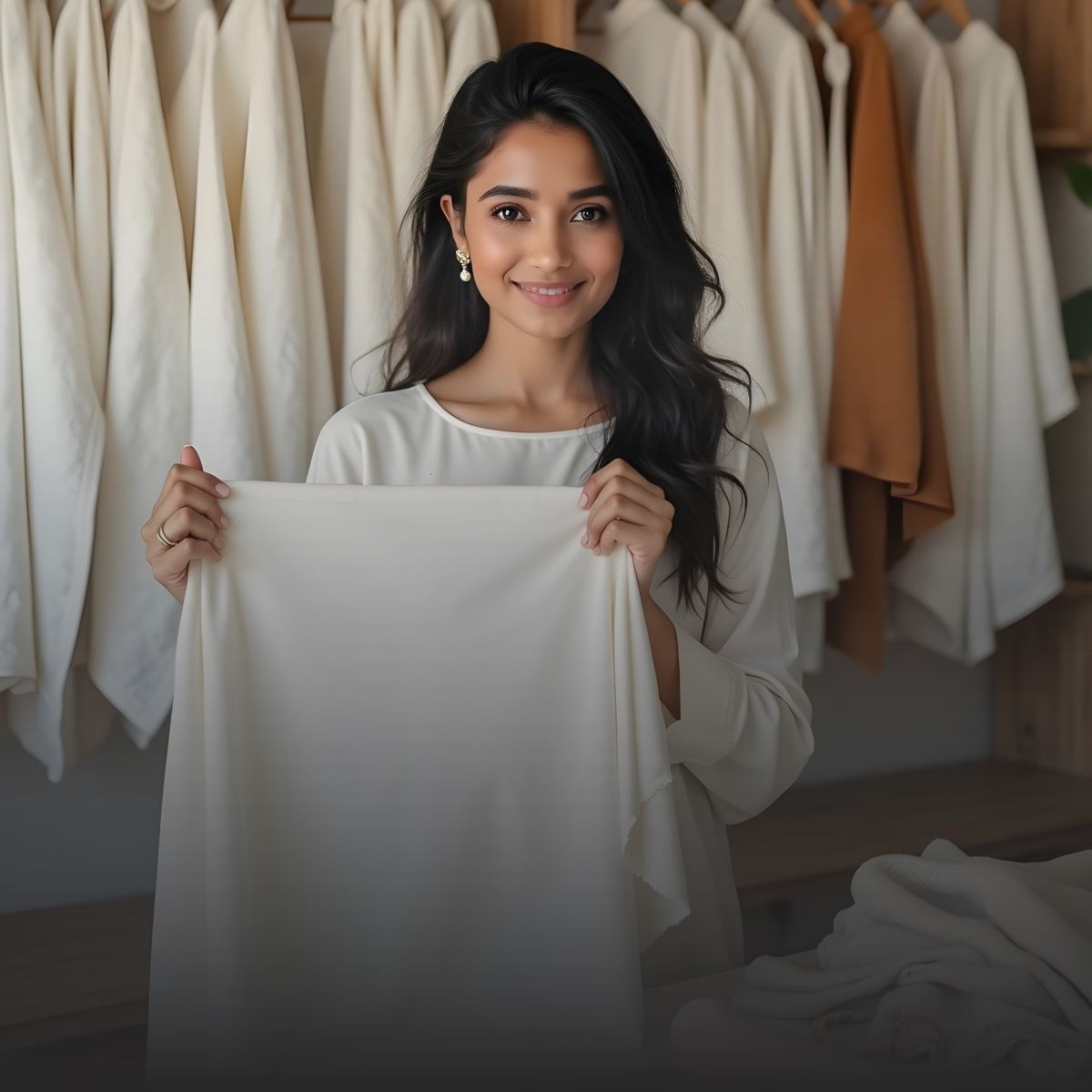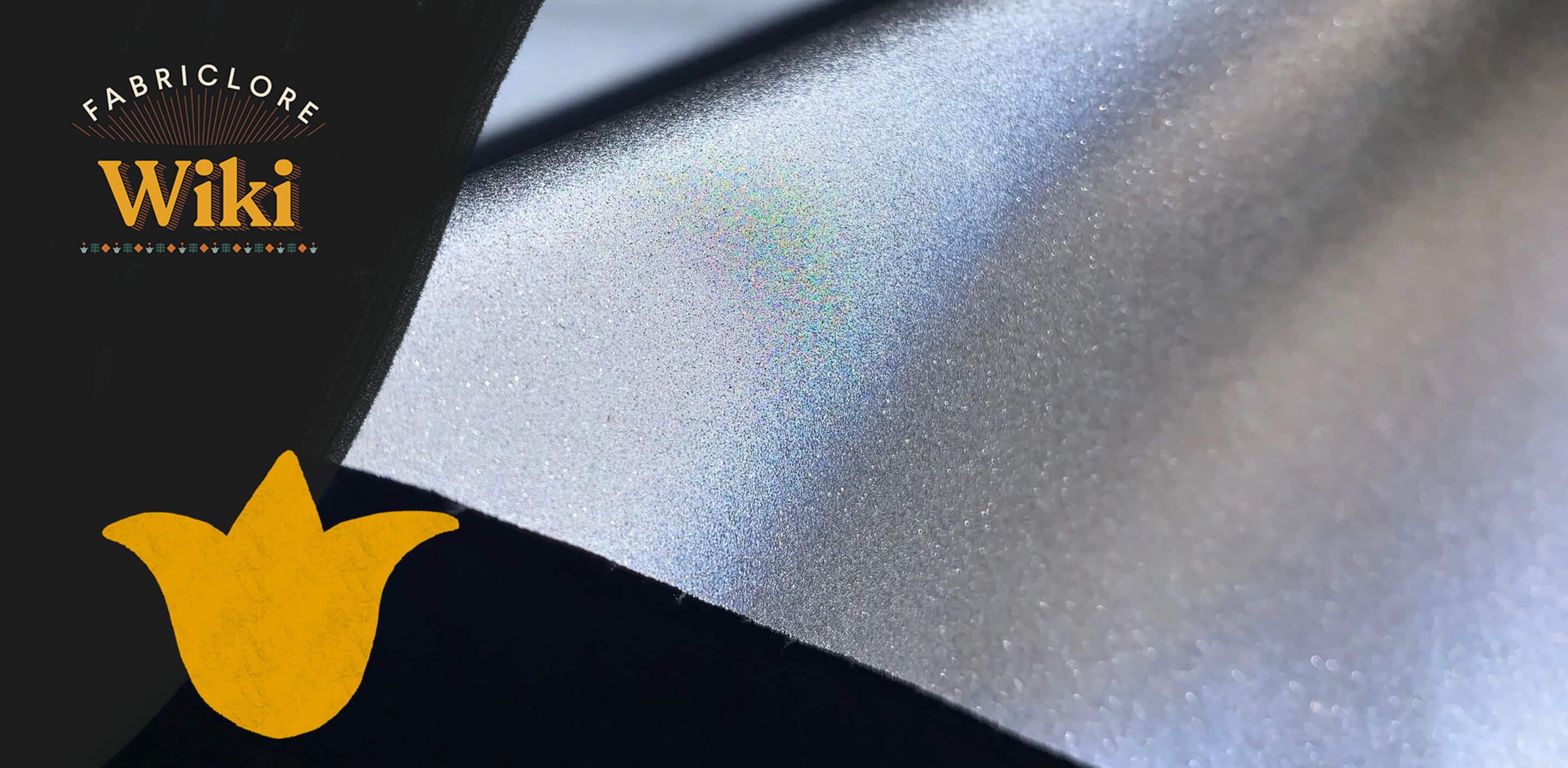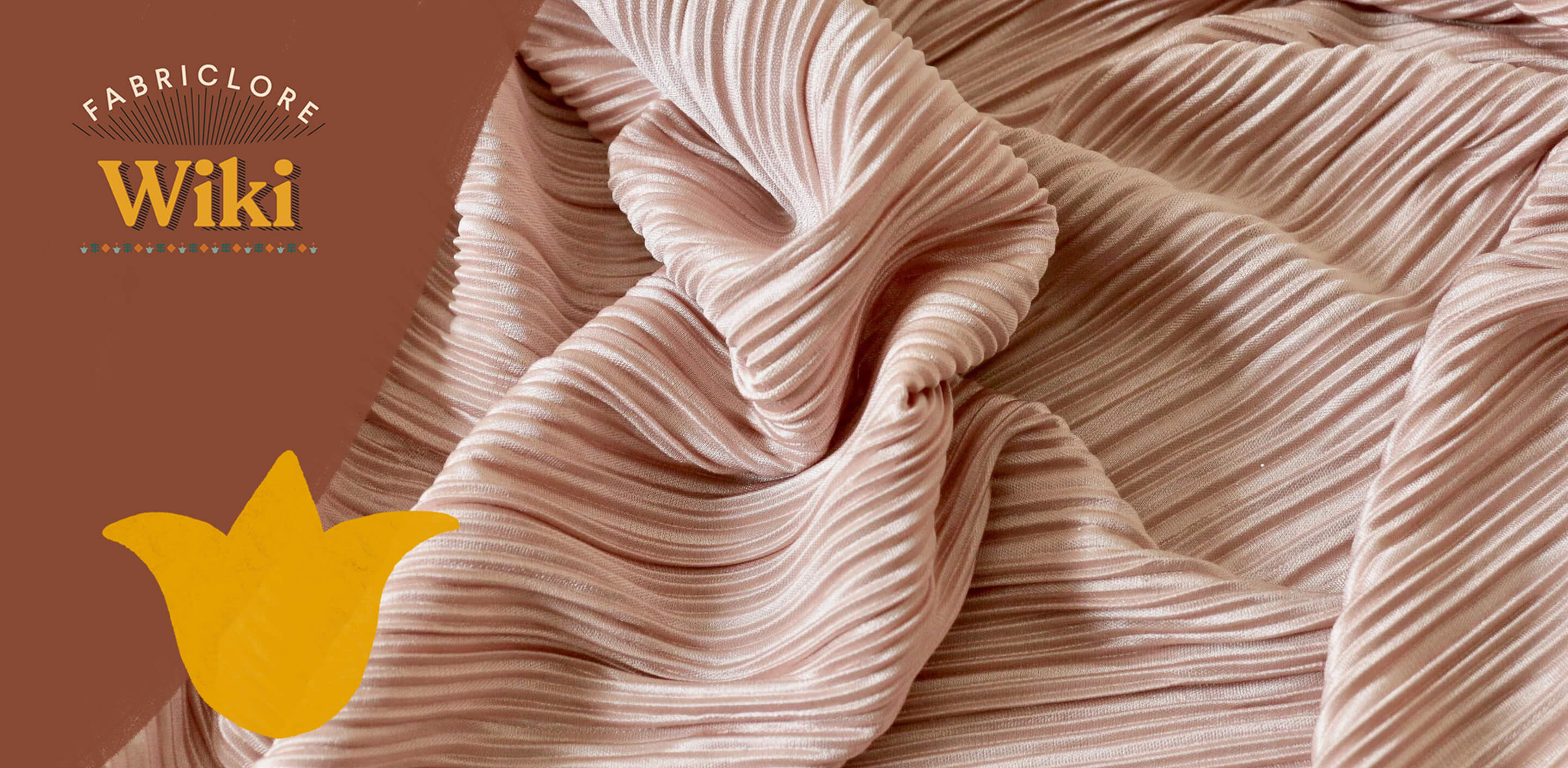Introduction to Petersham Grosgrain Fabric
- Petersham grosgrain is a special type of ribbon fabric with a soft feel and flexible structure.
- Traditionally used in tailoring for waistbands, hat bands and trims because it holds shapes well.
- Popular in luxury fashion and millinery for adding elegance and structure.
- It combines strength with softness, making it perfect for both function and style.
- It is a key fabric for designers wanting a polished, professional finish in garments.
History of Petersham Grosgrain Fabric

- Grosgrain fabric has been around since the 18th century and was mainly used as a strong, ribbed ribbon for decorating clothes.
- Petersham grosgrain gets its name from the Earl of Petersham, who made this type of ribbon popular in fashion.
- In the 19th and early 20th centuries, tailors used Petersham widely for waistbands and dress trims because it was durable and looked elegant.
What is Petersham Grosgrain Fabric?

- Petersham grosgrain is a type of ribbed ribbon known for its unique curved edges and flexible structure, allowing it to easily conform to curved shapes without folding or creasing.
- Made from materials like silk, rayon or polyester blends, Petersham combines durability with a soft, smooth feel.
- The fabric has distinct horizontal ribs, which give it texture and a slight stretch.
- Manufacturing Process of Petersham Grosgrain Fabric:
|
Step |
Process |
Details |
|
1. Fiber & Yarn Selection |
Choosing base materials |
Usually cotton, rayon or polyester. Fibers are spun into strong, smooth yarns. |
|
2. Warp & Weft Setup |
Preparing yarns for weaving |
Warp (vertical): Fine and strong Weft (horizontal): Thicker to create ribbed texture |
|
3. Weaving |
Making the ribbed fabric |
Uses a ribbed weave where dense weft yarns create the signature horizontal ribs. |
|
4. Creating Petersham Edge |
Special loom setup |
Unlike regular grosgrain, Petersham has a scalloped or wavy edge that makes it flexible and curve-friendly. |
|
5. Dyeing |
Coloring the fabric |
Usually piece-dyed after weaving for uniform color. Synthetic fibers may be solution-dyed. |
|
6. Finishing |
Smoothing and setting |
Processes like calendering, heat-setting and steaming to improve feel and durability. |
|
7. Slitting & Edge Control |
Cutting into ribbons |
Fabric is cut into narrow ribbons. Edges are shaped to maintain the curved Petersham style. |
|
8. Quality Check & Packing |
Final steps |
Checked for color, texture, edge flexibility, then rolled and packed for use. |
Types of Petersham Grosgrain Fabric:
|
Type |
Texture & Appearance |
Key Features |
|
Silk Petersham |
Soft, smooth, with a rich sheen |
|
|
Rayon Petersham |
Soft with a slight sheen |
|
|
Polyester Petersham |
Slightly stiffer with a smooth finish |
|
Features and Advantages of Petersham Grosgrain Fabric

Petersham grosgrain is a type of ribbon or trim that’s known for being both structured and flexible—unlike standard grosgrain; it has a scalloped edge that makes it especially useful in garment making and millinery. Here's why designers love using it:
Easily Shapes Around Curves
- Thanks to its scalloped, flexible edges, Petersham can bend smoothly around curves.
-
Perfect for finishing waistbands, necklines, cuffs—anywhere you need a clean curve.
Firm Grip, Soft Feel
- It holds garments in place without digging into the skin.
-
Durable for long-term use, yet soft enough to stay comfortable when worn.
Holds Its Shape
- Unlike many trims, Petersham doesn’t buckle or wrinkle easily.
-
Keeps pleats, gathers and curves neat and structured, even after stitching.
Elegant Look and Feel
- It has a fine ribbed texture that adds subtle detail and a polished finish.
-
Works well on both the inside and outside of garments.
Extremely Versatile
- Used in clothing, hats, accessories and even DIY crafts.
- Great for both decorative and functional purposes—like making bows or adding internal structure.
Disadvantages or Limitations of Petersham Grosgrain Fabric
Even though Petersham grosgrain is popular among designers, it does have some downsides you should know:
Only Comes as Ribbon
- It’s usually sold as narrow ribbons, not wide fabric rolls.
-
This means it’s mainly used for trims, edges or small details, not for big pieces.
More Expensive Than Regular Ribbons
- Because of its special weave and flexibility, Petersham costs more.
-
Silk and rayon versions, which are softer and fancier, are even pricier.
Takes Skill to Sew
- Sewing Petersham well—especially on curves—needs careful handling.
-
If stitched incorrectly, it can wrinkle or lose its flexible shape.
Harder to Find
- It’s a specialty trim, so it’s not common in regular fabric stores.
- Usually available through millinery or high-end trim suppliers.
Sustainability and Environmental Impact

Common Materials and Their Impact
- Petersham grosgrain is mostly made from silk, rayon or polyester blends.
- Silk is natural but requires significant resources and water to produce.
- Rayon is semi-synthetic, made from wood pulp, with a moderate environmental footprint.
-
Polyester is synthetic and derived from petroleum, with higher environmental costs.
Eco-Friendly Options
- Some manufacturers offer recycled polyester versions to reduce waste.
- Organic and sustainable silk options exist but are less common.
-
Choosing fabrics with certifications (like OEKO-TEX) helps ensure safer production.
Comparison with Other Ribbons
- Compared to pure synthetic ribbons, Petersham’s natural fibers are more biodegradable.
-
However, its blend of materials means impact varies widely depending on composition.
Considerations for Designers
- Sourcing from transparent suppliers helps ensure responsible practices.
- Balancing durability and environmental impact is key when selecting Petersham grosgrain.
Care and Maintenance Tips for Petersham Grosgrain

Cleaning
- Hand wash gently with mild detergent to protect fabric texture and shape.
- Avoid machine washing, which can damage the ribs and cause distortion.
- Do not use bleach or harsh chemicals.
Drying
- Air dry flat or hang in shade to prevent shrinking and maintain flexibility.
- Avoid direct sunlight as it can fade colors and weaken fibers.
Ironing
- Use low heat if ironing is necessary.
- Place a cloth between the iron and fabric to avoid crushing the ribs.
Storage
- Store rolled or flat to prevent creases and deformation.
- Keep in a cool, dry place away from heavy pressure or sharp objects.
General Tips
- Handle gently during sewing to maintain smooth edges.
- Avoid overstretching as it can affect the curved shape and elasticity.
Role of Petersham Grosgrain in Fashion and Design

-
Petersham grosgrain is often used in luxury garment waistbands and corsetry because it is strong and flexible. It holds its shape well, providing support without feeling stiff.
-
It is a popular choice for dress trims, adding structure to clothing while keeping a smooth, comfortable feel.
- Designers also use Petersham grosgrain in accessories such as belts and bows, where its durability and refined appearance add to the overall look.
Common Applications and Uses
|
Application |
Why Petersham Works Well |
Typical Uses |
|
Waistbands & Garment Edges |
Holds curves firmly and provide stable support without stretching. Also prevents fabric edges from fraying for a clean, polished finish. |
Waistbands in dresses, skirts, tailored garments; finishing garment edges |
|
Hat Bands & Millinery Trims |
Flexible with excellent shape retention, making it ideal for structured hat bands and decorative trims that hold their form well. |
Structured hat bands, decorative trims on hats |
|
Decorative Bows & Corset Stays |
Durable with good grip, helping bows and corset stays keep their shape and improve fit and design. |
Shapely bows, corset stays, bodice reinforcements |
|
Upholstery Trims & Craft Projects |
Provides a polished, elegant finish and is sturdy enough for use in upholstery accents and various craft projects requiring strong, decorative ribbons. |
Furniture trims, DIY crafts, ribbon embellishments |
Petersham Grosgrain vs. Other Ribbons and Fabrics:
|
Comparison |
Petersham Grosgrain |
Other Ribbons & Fabrics |
|
Compared to Regular Grosgrain Ribbon |
Softer, more flexible with curved edges for shaping curves and contours. |
Stiffer with straight edges, less flexible, not ideal for curved shapes. |
|
Compared to Satin Ribbon |
Has structure and grip; holds shapes well while remaining flexible. |
Smooth and shiny but lacks firmness and grip; mainly decorative. |
|
Compared to Velvet Trim |
Firm enough for shaping and support, yet soft and flexible. |
Plush and soft but too soft and lacks support for shaping garments or corsetry. |
Where to Buy Petersham Grosgrain Fabric
Specialty Fabric Stores and Millinery Suppliers:
Look for Petersham grosgrain at stores that sell ribbons, trims and hat-making supplies. These shops usually have good-quality, authentic Petersham ribbons.
Online Retailers and Fabric Wholesalers:
Many online fabric stores and wholesalers offer Petersham grosgrain in various widths and colors. Shopping online provides convenience and a wider selection.
Considerations When Sourcing:
- Check for genuine Petersham grosgrain with characteristic curved edges and soft flexibility.
- Verify the material composition, usually silk, rayon or polyester blends, depending on your needs.
- Look for clear product descriptions and customer reviews to ensure quality.
- Ask suppliers about minimum order quantities and shipping options, especially if you are ordering for smaller projects.
Conclusion
Petersham grosgrain is special because of its unique scalloped edges and flexibility, which help it hold shapes like pleats and curves without folding or buckling. It’s an important material in luxury fashion, often used for waistbands, corsets and hats, where it adds a polished and long-lasting finish. Beyond these classic uses, designers can also get creative with Petersham grosgrain in modern fashion and accessories, taking advantage of its perfect mix of strength and elegance.
FAQs
What makes Petersham grosgrain different from regular grosgrain?
Petersham grosgrain has curved edges and a softer, more flexible texture compared to regular grosgrain, which helps it hold shapes and curves better.
Can Petersham grosgrain be used for everyday garments?
While Petersham grosgrain is mainly used in luxury and tailored garments, it can be used in everyday wear if durability and style are important.
How do you care for Petersham grosgrain?
It is best to hand wash Petersham grosgrain gently and avoid heat during ironing or drying to maintain its shape and texture.
Is Petersham grosgrain eco-friendly?
Petersham grosgrain is typically made from silk, rayon or polyester blends. Its environmental impact depends on the material source and production methods, so check for eco-friendly options when possible.
We also happen to be a magnet for suggestions, and would love to catch yours….throw us yours on hello@fabriclore.com




